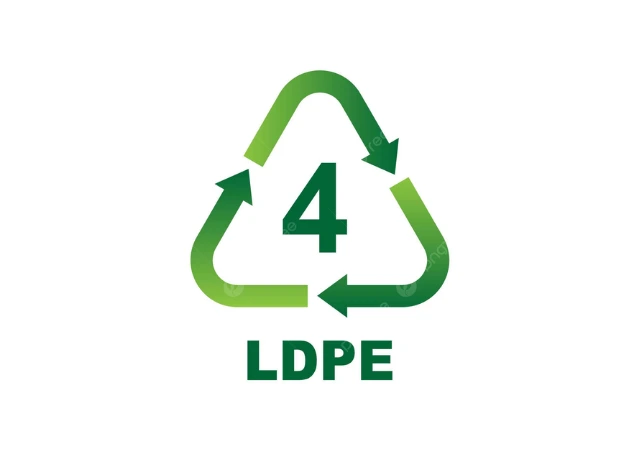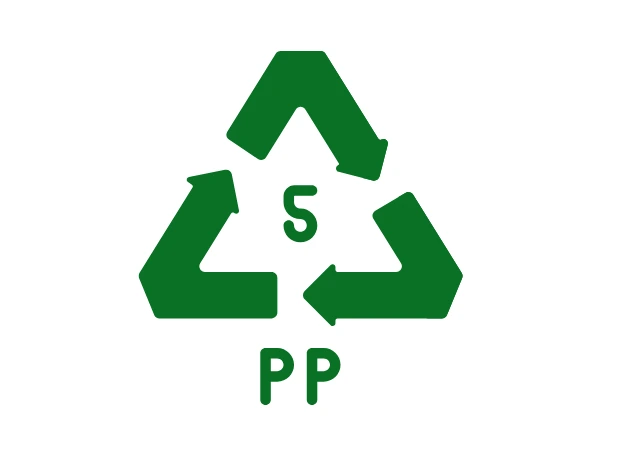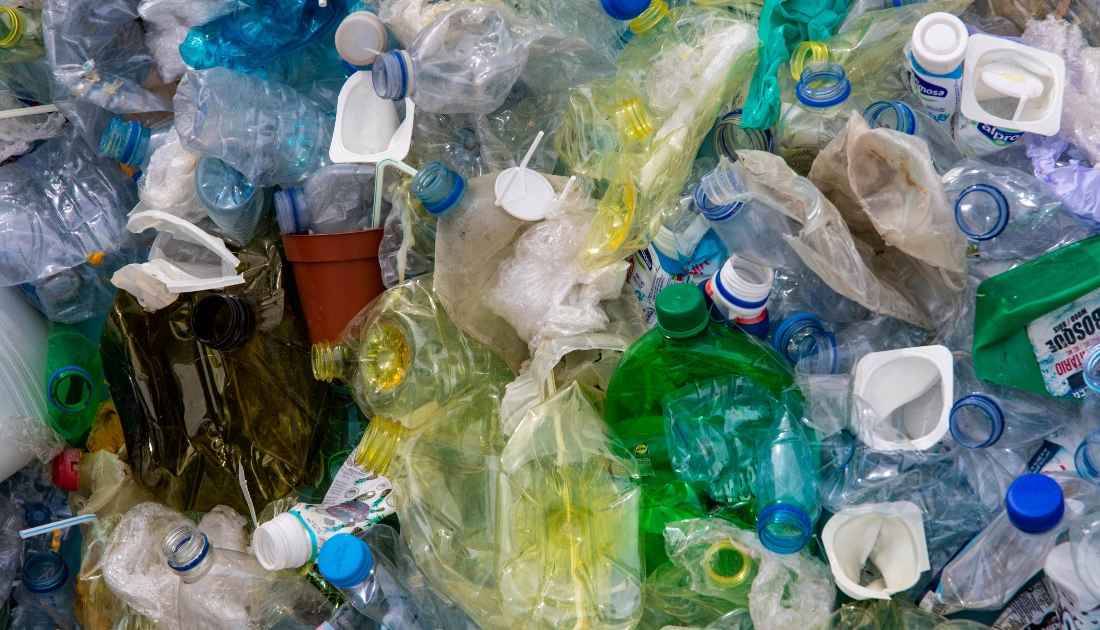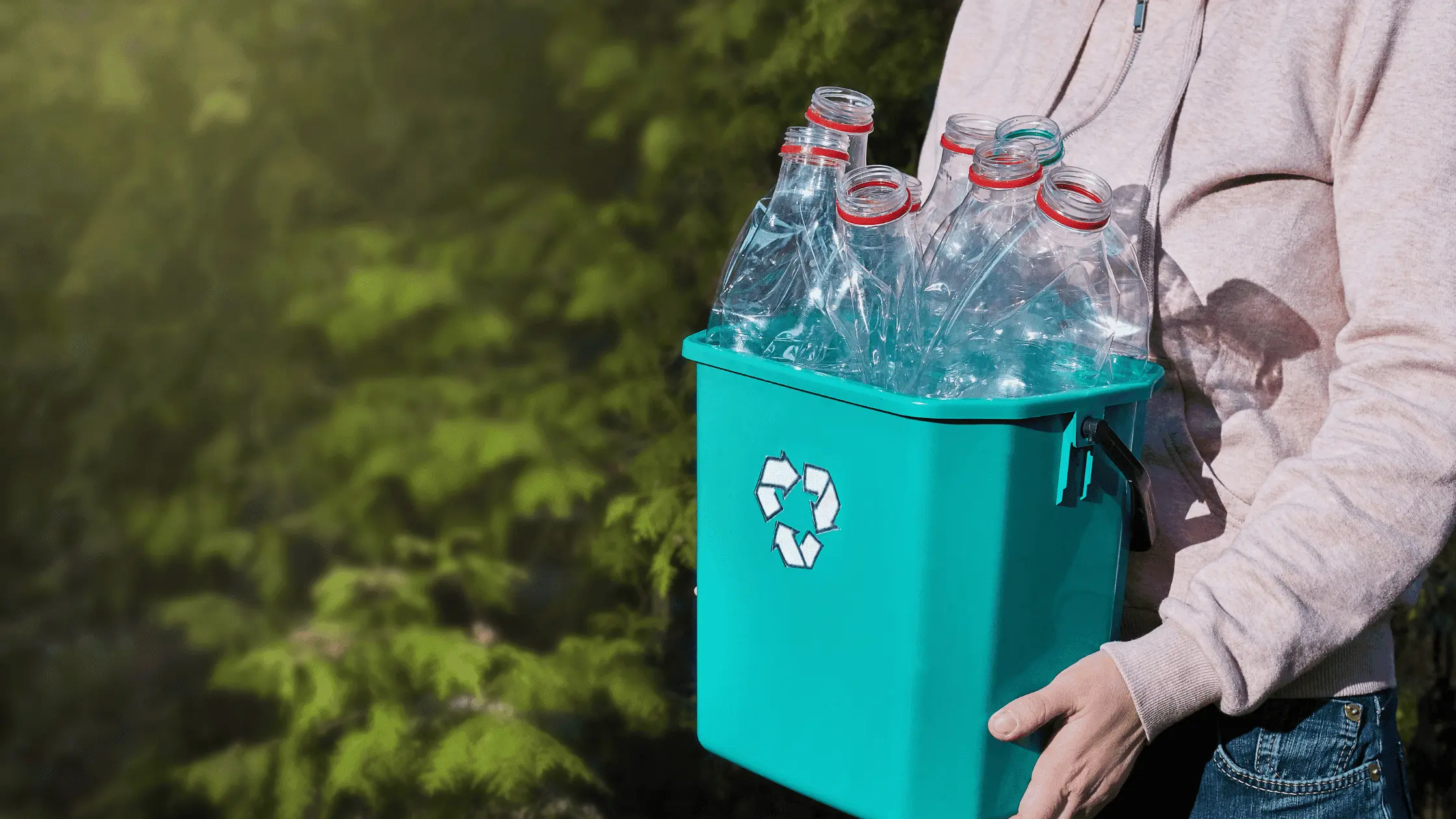Recycling is a crucial step towards sustainable living and reducing our environmental footprint. However, when it comes to plastic, many people are still unclear about how to properly recycle different types. One of the key aspects that can guide us through the recycling process is the recycling symbol on plastic. These symbols are not just for show—they provide valuable information on how to dispose of plastic correctly. But what do these symbols really mean, and why are they so important?
In this blog post, we’ll break down everything you need to know about the recycling symbols on plastic, their significance, and how they help us make more informed decisions for a cleaner, greener planet.
What is the Recycling Symbol on Plastic?
The recycling symbol on plastic is a graphic consisting of three arrows arranged in a triangle. These arrows represent the process of recycling, where materials are collected, processed, and reused to create new products. The symbol itself is an international sign of sustainability, found on nearly every plastic product we encounter. However, it’s not just the arrows that matter—it’s the number and the letters that accompany them that provide more in-depth information about how to properly dispose of or recycle the plastic.
These numbers and letters, often placed inside or near the recycling triangle, represent the type of plastic used. Understanding these symbols is essential for reducing contamination in recycling streams and ensuring the materials are processed correctly.
Understanding the Numbers: Plastic Identification Codes
Each number found inside the recycling symbol corresponds to a specific type of plastic. The plastic identification codes were introduced by the Society of the Plastics Industry (SPI) to help consumers identify the materials they are dealing with and make informed choices about disposal.
Number 1: PET or PETE (Polyethylene Terephthalate)

PET is one of the most commonly used plastics in packaging. You’ll find it in items like water bottles, soft drink containers, and food containers. The recycling symbol on plastic with the number 1 means that the material is made of PET, which is highly recyclable and often reused in products like t-shirts, sweaters, and fleece jackets.
Number 2: HDPE (High-Density Polyethylene)

HDPE is a sturdy, rigid plastic used in products such as milk jugs, detergent bottles, and some plastic bags. HDPE is considered one of the safest plastics in terms of recycling, as it’s relatively easy to repurpose into products like recycling bins, piping, or more bottles.
Number 3: PVC (Polyvinyl Chloride)

PVC is a plastic found in products such as pipes, flooring, and clear food packaging. However, it’s one of the least recycled plastics, as it often contains hazardous chemicals. Although the recycling symbol on plastic with the number 3 indicates that PVC can be recycled, it’s typically not accepted in curbside collections due to its complex nature.
Number 4: LDPE (Low-Density Polyethylene)

LDPE is commonly used in plastic bags, six-pack rings, and some types of clothing. While LDPE is technically recyclable, it is not often accepted in curbside recycling programs. Instead, many stores have collection bins for LDPE bags and films, which can be turned into new products like benches or flooring tiles.
Number 5: PP (Polypropylene)

Polypropylene is widely used for food containers, straws, and yogurt containers. PP is more commonly recycled than some of the other plastics and can be reused in products like brooms, containers, and even in automotive parts.
Number 6: PS (Polystyrene)

Polystyrene is commonly used in disposable coffee cups, plastic food containers, and packaging peanuts. PS is difficult to recycle and often ends up in landfills. While it can technically be recycled, PS recycling is not widely available, and most consumers are encouraged to avoid it if possible.
Number 7: Other (Various Plastics)
The “Other” category includes plastics that don’t fall under the categories of 1 through 6. This category can consist of materials like acrylic, polycarbonate, and bioplastics. These plastics can vary significantly in their recyclability, so it’s essential to check with local facilities for their recycling policies.
Also Read:- Effective Plastic Waste Management
How to Interpret the Recycling Symbols
The recycling symbol on plastic is more than just a visual cue. It’s a guide to help you understand how different plastics should be handled and recycled. If you see a plastic product with the recycling symbol and a number, here’s how to interpret it:
- The number identifies the type of plastic.
- The arrow triangle tells you that the material can be recycled, but it doesn’t necessarily mean it will be accepted by all recycling programs.
- Some plastics, like PET (number 1), are commonly recycled, while others, like PS (number 6), may not be.
Always check with your local recycling program to ensure you’re disposing of plastics correctly.
Why the Recycling Symbol on Plastic Matters
Understanding the recycling symbol on plastic is crucial for several reasons:
- Reducing contamination: Different types of plastics need to be recycled in separate streams. If you throw a number 1 plastic in with number 4 plastics, it can ruin the entire batch.
- Maximizing recyclability: Not all plastics are equally recyclable. By recognizing the symbol and number, you can make sure you’re only recycling materials that can actually be processed.
- Improving sustainability: By recycling correctly, you contribute to a more sustainable environment, reducing the need for new raw materials and minimizing landfill waste.
Also Read:- 10 Eco-friendly Products for a Plastic Free Life
Common Misconceptions about Recycling Symbols
There are several myths about recycling symbols that can lead to confusion:
- All plastics can be recycled: Just because a plastic has the recycling symbol doesn’t mean it’s recyclable in all areas.
- If it has a recycling symbol, it’s eco-friendly: While recycling is better than throwing things away, some plastics are far more sustainable than others.
- The number inside the recycling symbol tells you the product is recyclable in your area: Always verify with local guidelines.
How to Properly Recycle Plastics Based on Their Symbols
To ensure you’re recycling plastics correctly, follow these tips:
- Know your local recycling rules: Not all areas accept the same types of plastics.
- Clean before recycling: Make sure your plastic containers are clean and free of food residue.
- Don’t mix different types: Keep plastics separated by type to prevent contamination.
Empowering Consumers through Plastic Recycling Symbols
The recycling symbol on plastic is a powerful tool for consumers, providing vital information about how to properly dispose of plastic products. By understanding the meanings behind these symbols, we can all do our part to improve recycling efforts, reduce waste, and protect the environment for future generations. It’s up to us to stay informed, make smarter choices, and encourage others to follow suit.
Start looking for the recycling symbol on plastic items, and take action based on its meaning. With this knowledge, we can move one step closer to a sustainable, plastic-free future.





